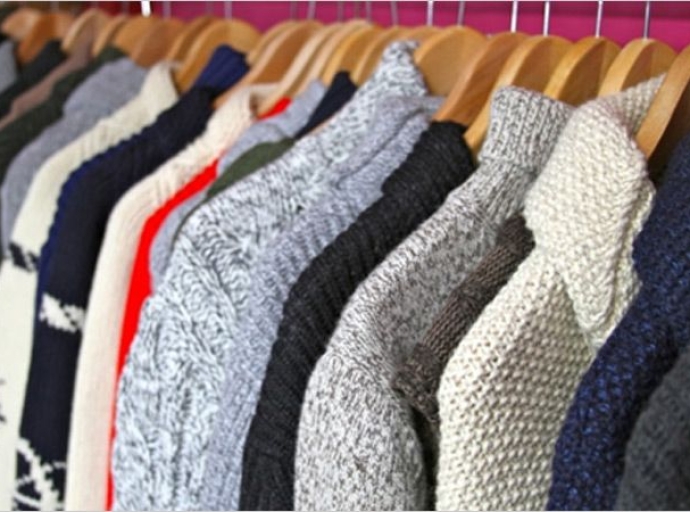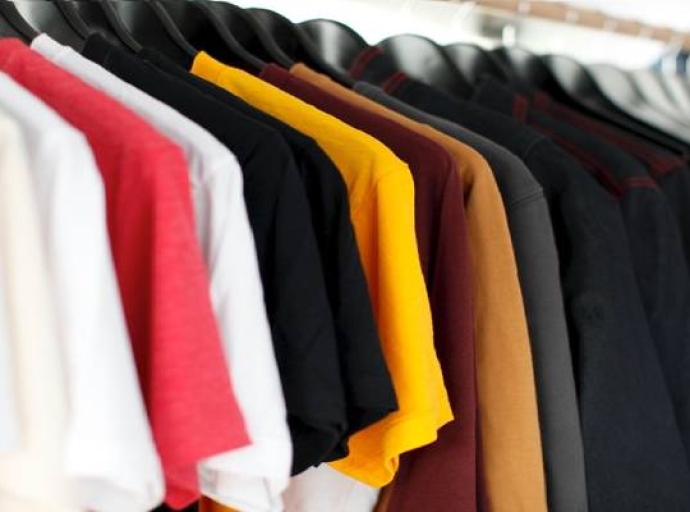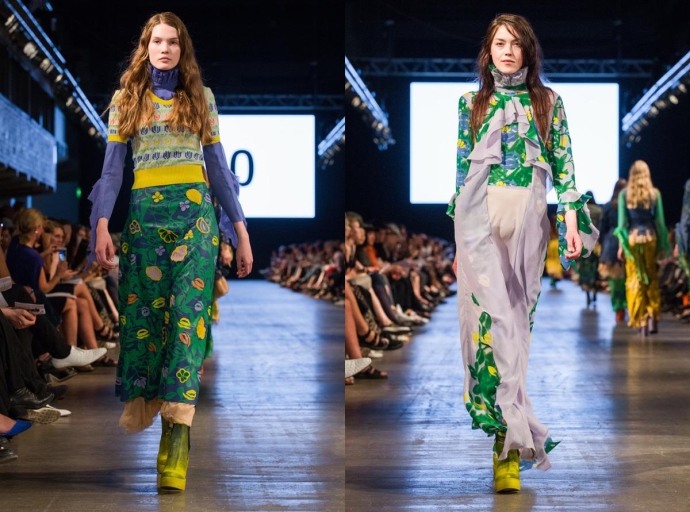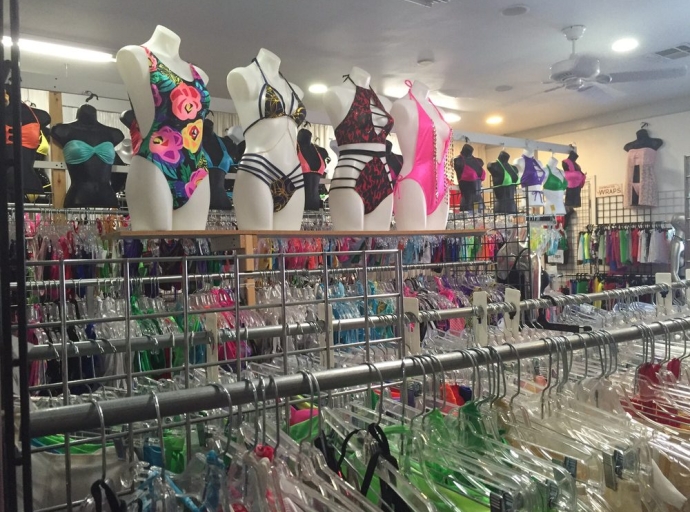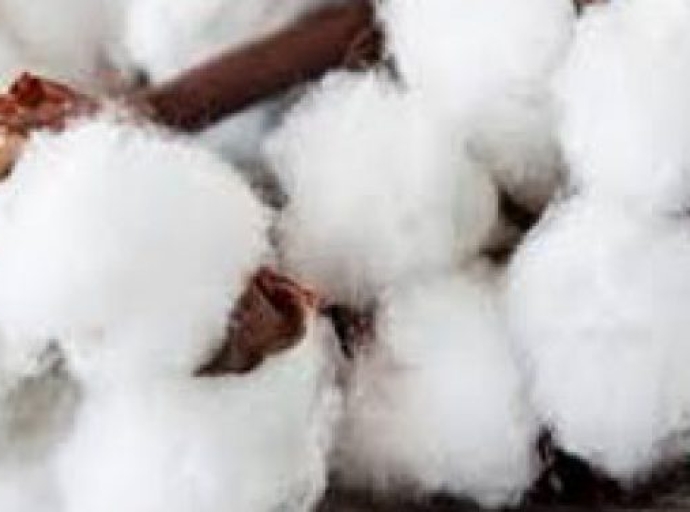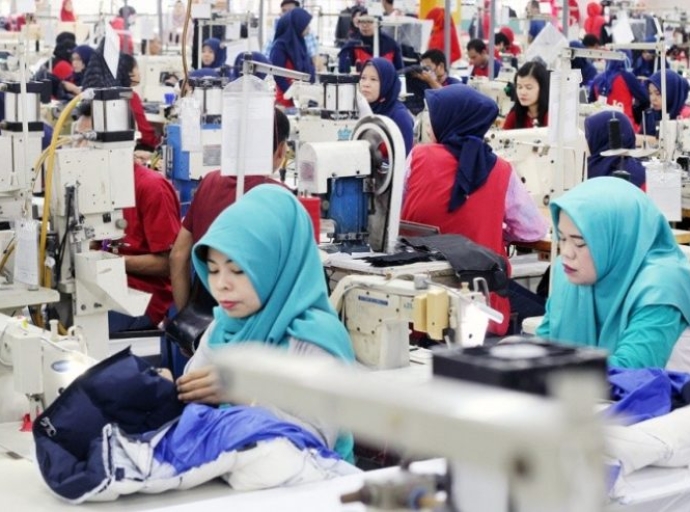15 July 2023, Mumbai
Textile companies are addressing the growing issue of clothes piling up in landfills by adopting a circular fashion model.
Upcycling companies are pioneering groundbreaking fiber-recycling technology that separates and extracts materials from old clothing, which are then re-spun into new yarns.
What all you need to know
Closing the Loop: From Linear to Circular Fashion
The innovative textile-to-textile, chemical-recycling technology aims to demonstrate the commercial viability of circular recycling.
By converting reclaimed raw materials into yarn, creating new fabric, and fashioning garments, these tests provide an effective solution for recycling clothes and textiles in a circular manner.
This process not only offers an eco-friendlier means of sourcing raw materials but also addresses the challenge of separating blended fiber clothes and removing dyes from polyester and cellulose.
Environmental Consciousness in Action
Textile companies are becoming increasingly environmentally conscious and working towards reducing waste in the industry.
This shift has the potential to revolutionize the way fashion is made, reducing the need for extracting virgin resources from the planet.
With climate change impacting major wool-producing countries, such as New Zealand and Australia, there is a renewed global interest in recycling wool.
From Economic Opportunity to Environmental Demand
Historically, wool recycling has been driven by economic opportunity and necessity.
However, environmental concerns are now spurring the demand for recycled wool as consumers seek out clothes made from reused natural fibers instead of synthetic materials that require complex and costly recycling processes.
This shift towards recycled wool helps address sustainability concerns and reduces reliance on chemical-intensive recycling methods.
Circular Fashion: Revitalizing Textile Waste for Sustainability and Prosperity
In the dynamic realm of circular fashion, a profound transformation occurs as textile waste is rejuvenated, propelling us toward the realization of sustainability objectives.
Upcycling
Through state-of-the-art recycling and upcycling methodologies, discarded textiles, which would have otherwise languished in landfills, are given new life, easing the environmental strain and diminishing the necessity for virgin resource extraction.
Emerging landscape
This paradigm shift towards circularity not only addresses the urgent ecological concerns associated with textile waste but also unveils promising economic opportunities for stakeholders in the fashion industry.
By embracing circular fashion practices, such as inventive material recycling and repurposing, businesses can achieve heightened resource efficiency, concurrently contributing to a more sustainable future.
By adopting circular fashion, the industry can effectively close the loop, converting textile waste into valuable resources.
Mitigate the ecological footprint
Through reimagining and repurposing materials, the fashion sector can curtail its ecological footprint, mitigating the harmful consequences of excessive waste generation. Furthermore, the integration of circular fashion models presents a chance for enterprises to tap into the surging market demand for ethical and sustainable apparel.
By assimilating circular fashion practices, the industry actively contributes to the reduction of textile waste, alleviating the strain on landfills and fostering a circular economy.
Recycling and upcycling textiles not only conserve precious resources but also help mitigate the greenhouse gas emissions associated with virgin material production.
Innovation-led future
Moreover, circular fashion fosters innovation, driving the advancement of novel technologies and processes that optimize resource utilization. By reconceptualizing the complete lifecycle of garments, from design to disposal, fashion companies can implement closed-loop systems that minimize waste and maximize product longevity.
The economic advantages of circular fashion are equally compelling. By harnessing the potential of recycled materials, businesses can reduce production costs, fortify supply chain resilience, and tap into emerging market segments.
Collaboration is the way forward
Circular fashion models also cultivate collaboration among stakeholders, engendering new opportunities for partnerships and industry-wide transformation.
Ultimately, embracing circular fashion is an imperative strategy for the fashion industry, enabling it to thrive sustainably and remain resilient in the face of evolving demands.
By rejuvenating textile waste through innovative recycling and upcycling approaches, businesses can minimize their environmental impact while simultaneously unlocking economic prospects and meeting the rising consumer appetite for sustainable fashion choices.
Hardwiring the existing
In the realm of circular fashion, the metamorphosis of textile waste symbolizes more than just a passing trend—it signifies a profound shift toward a more sustainable and accountable fashion ecosystem.
By wholeheartedly embracing this transformative approach, the industry can lead the way towards a brighter and truly circular future, where waste is minimized, resources are conserved, and fashion stands synonymous with sustainability.
Manteco SpA: A Wool Recycling Model for Circular Fashion
Manteco SpA, an Italian fabric manufacturer, stands as an example of successful wool recycling. Their factory in Prato, Tuscany employs a straightforward process: garments are manually stripped, scraps are mechanically shredded, fibers are blended with color, and a carding machine untangles and aligns the fibers before spinning them into yarn.
Prato, home to numerous clothing and textile companies, plays a major role in wool recycling.
Striking the Balance: Recycled Wool's Quality and Environmental Benefits
The quality of old wool determines the amount of virgin fleece wool required to create strong yarn for textile manufacturing. Manteco adheres to best practices, incorporating recycled wool, virgin wool, or virgin nylon to achieve high-quality woolen fabrics.
Technological advancements have reduced manual labor, energy costs, and emissions in Manteco's processes, resulting in recycled wool with a significantly lower carbon footprint compared to virgin wool and other textiles.
Making an Impact: Comparing Carbon Footprints
According to Manteco's life-cycle assessment study, producing a kilogram of their recycled wool generates 0.62 kilograms of carbon dioxide equivalent (CO2e), while shearing the same amount of fleece from a sheep creates 75.8 kilograms of CO2e.
In comparison, cotton and polyester generate 4.69 kilograms and 4.31 kilograms of CO2e, respectively. While wool recycling has limitations due to decreasing fiber length, the addition of virgin wool or nylon extends the lifespan of existing materials, although new fibers are still needed.
Recycling Initiatives around the Globe
Sri Lanka has made significant progress in recycling waste, with 30% being transformed into fabric and brushes.
Trischel Fabric, a subsidiary of MAS Holdings, has produced fabric using yarn made from waste plastic bottles, including those collected from Sri Lanka's beaches. MAS Holdings aims to eliminate the use of virgin polyester raw materials by 2025, leading the way in sustainable practices.
Innovative Fiber-Laying Technology for Sustainable Footwear
Coats, an industrial threads manufacturer, has introduced Lattice Lite Eco, a revolutionary fiber-laying technology. This eco-friendly approach precisely positions yarns to create footwear composite materials with the required thickness, flexibility, torsion, and rigidity.
Lattice Lite Eco eliminates the need for additional resin steps, reducing material wastage and utilizing recycled carbon, recycled nylon, and natural resources such as basalt and flax.
It enables the production of lightweight and durable components, elevating performance and comfort in footwear.
Recycling Challenges in Bangladesh
Bangladesh faces a shortage of waste cotton and textile scraps as a significant portion is exported due to higher global demand for recycled yarns and fabrics. The country has a vast volume of cotton textile scraps that often end up in landfills, get burned, or are recycled into low-quality fabrics.
This missed opportunity to produce recycled yarn reflects the challenges faced in the local market, driven by pricing considerations.
Recycling as a Global Solution
Imported recycled yarns are sometimes made from waste and scrap fabrics exported from Bangladesh, further highlighting the demand for recycling.
To combat textile waste and meet increasing global demand, better communication between clothing designers, apparel brands, and supply chains is crucial.
Identifying the best materials for the environment requires considering the impacts of processes and supply chains, including recyclability.
For example, wool can be mechanically recycled, but the methane emissions from sheep contribute to greenhouse gases, while synthetic materials shed microplastics during washing.
Revolutionizing Textile Recycling
The textile industry has a tremendous opportunity to make a significant impact on waste reduction and sustainability by embracing sustainable yarn recycling practices.
Each type of fiber requires specific recycling methods, such as compressing fibers for textile filling, like those found in mattresses, rather than transforming them into yarns.
Polyester garments can undergo shredding and granulation processes to create polyester chips for further applications.
A multitude of companies specializes in recycling cotton to produce 100% recycled yarns, fabrics, and ready-made garments, promoting environmental friendliness by utilizing materials that would otherwise go to waste.
Sustainable Yarn Practices to Reduce Waste and Promote Sustainability
Additionally, sustainable yarns and fibers are gaining prominence in the market. Notably, ECONYL, a synthetic yarn widely used in sustainable flooring and fashion, stands out for its complete reliance on recycled materials, without the need for raw petroleum resources.
By embracing these sustainable practices, the textile industry can pave the way for waste reduction and sustainability in a groundbreaking manner.
Fashion Industry Innovates Circular Model: Prototyping Sustainable Clothing Recycling with Donation Bins and Online Retail App.
Cost-Efficiency and Sustainable Practices
Producing polyester fabrics solely from recycled PET bottles proves to be more cost-efficient, requiring less energy and heating. This practice aligns with sustainable textile supply chains, and circular economy principles, and effectively addresses plastic bottle waste.
Recycling: Crucial for Preserving the Earth
Textile Industry Embraces Circular Fashion: Transforming Clothing Waste
Recycling plays a crucial role in preserving the Earth for future generations.
By transforming old and useless items into new ones, recycling actively benefits the environment and helps establish a more sustainable future.
India possesses a distinct advantage in utilizing its current infrastructure and resources to establish itself as a frontrunner in waste management.
By implementing advanced sorting and recycling technologies, the country can effectively capture and repurpose textile waste, consequently reentering the global market as a prominent circular sourcing region.
This strategic move would solidify India's position as a leader in sustainable practices and resource utilization.

Latest Textile Events

